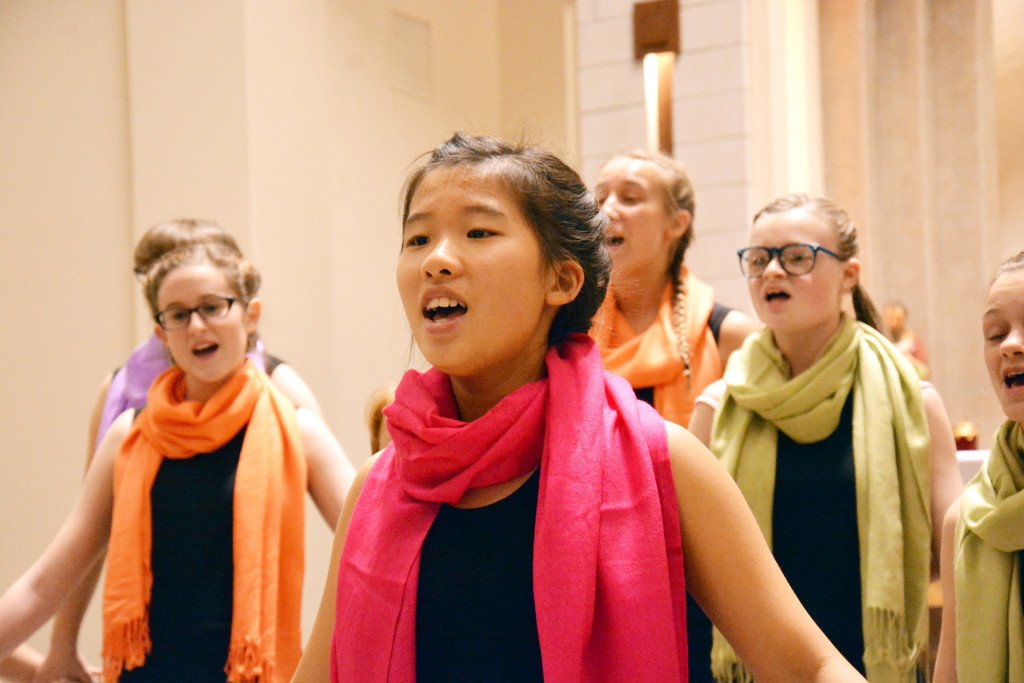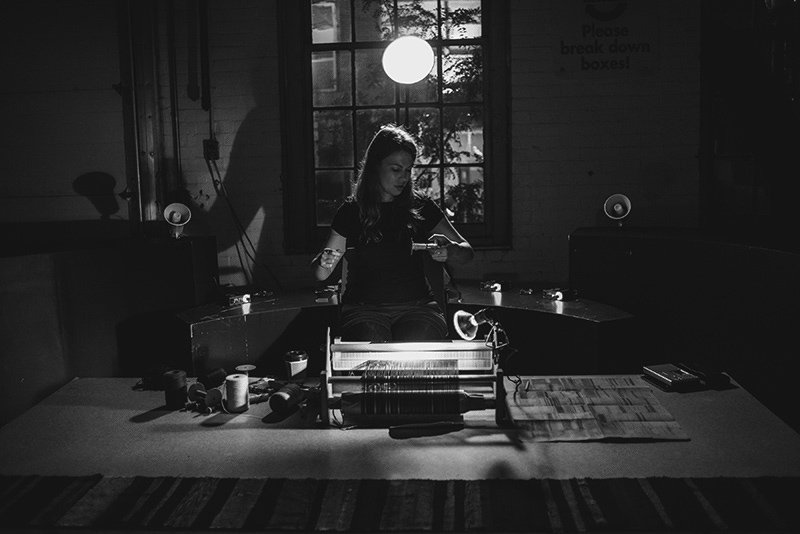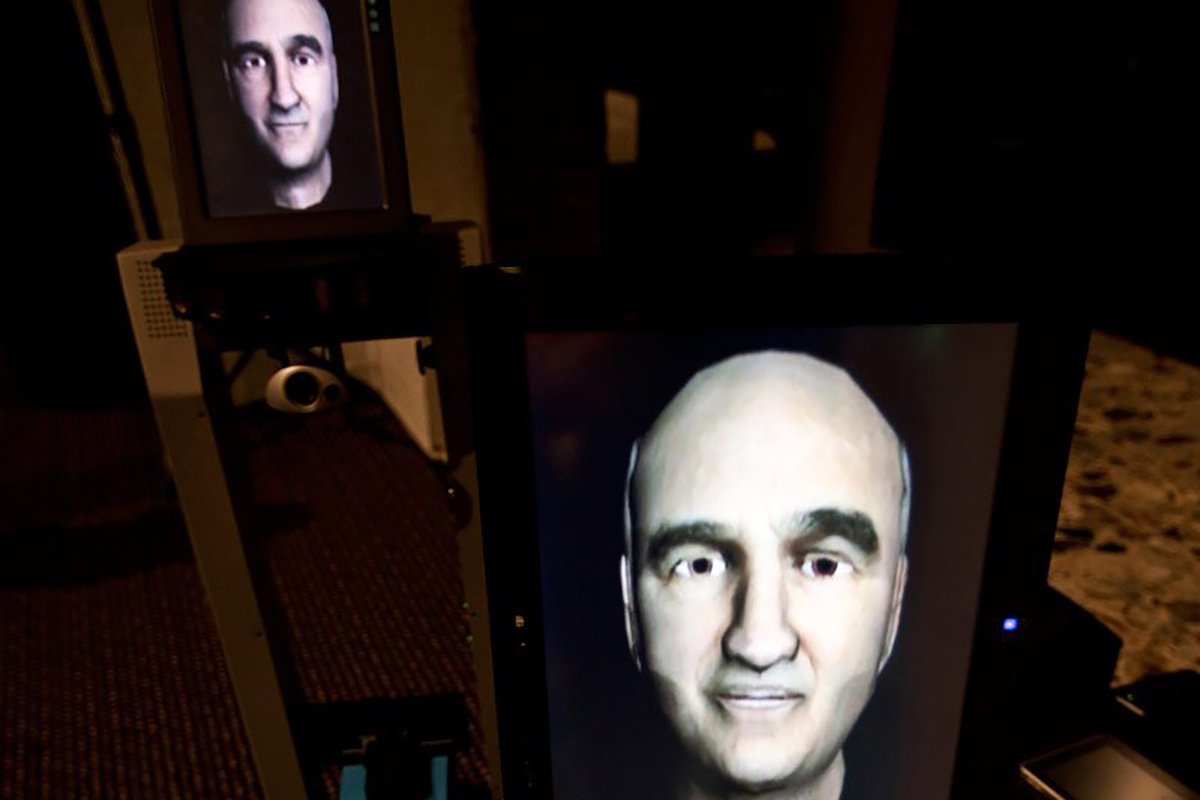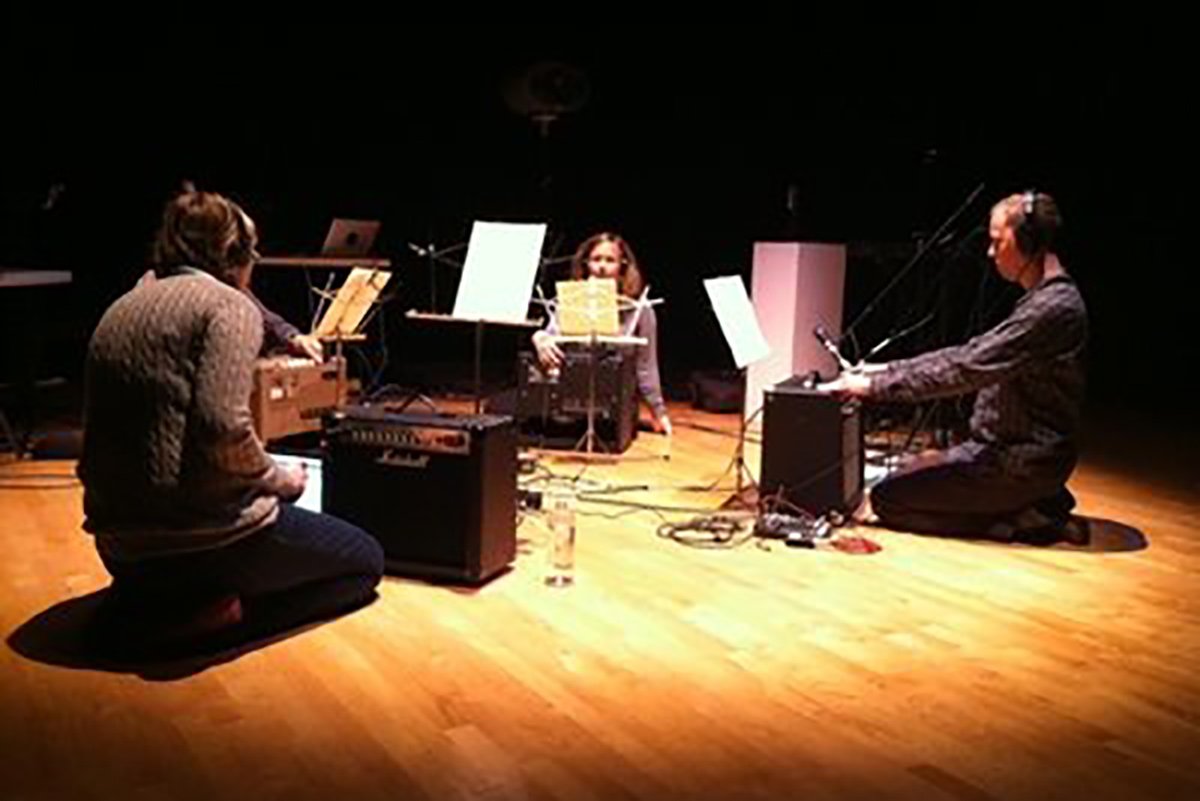New Work for Hamilton Children’s Choir
On June 25th 2016 I will be premiering new biosensor-driven work created especially for members of the Hamilton Children’s Choir. This performance work will be presented in conjunction with my solo exhibition Vocales Digitales at Hamilton Artists Inc, thanks to the support of the Canada Council for the Arts.
The Hamilton Children’s Choir is a nationally competitive choir of youth accompanied by pianist Daniel Añez. Áñez is a renowned pianist in the musical milieu of Canada and Latin America, an active performer of contemporary and experimental music, a touring soloist, and a chamber musician.
This new work will allow me to explore a highly personal composition process with the choir, featuring the sonification of group empathy as seen through physiological markers of emotion such as heartrate, respiration and sweat release.
For more information
Daniel Añez (Spanish Biography)






